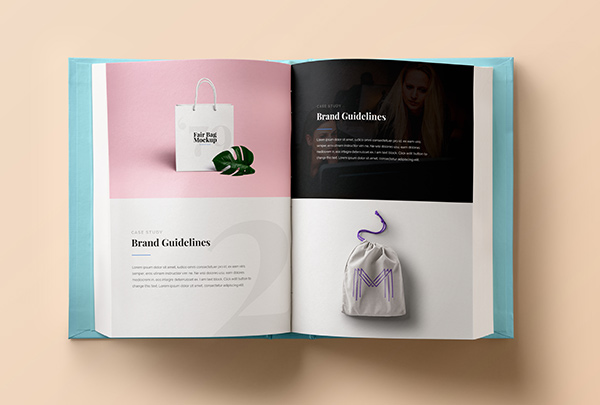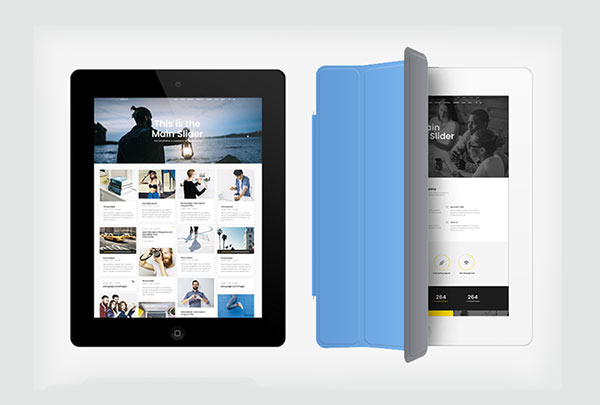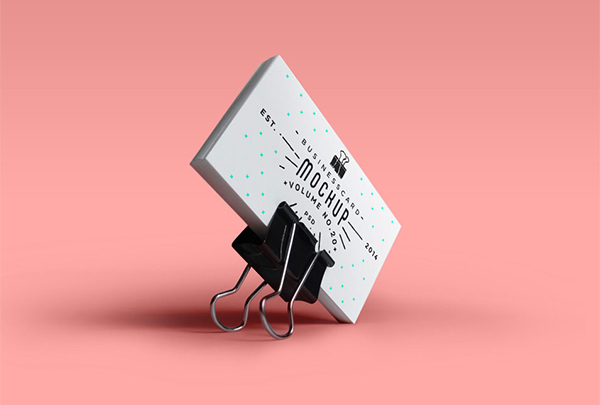
HARO Hacks: Unlocking the Secrets of Effective Query Responses
Summary
In the world of SEO, backlinks play a crucial role in improving a website's visibility and search engine rankings. HARO is a powerful platform that connects journalists with expert sources. When used correctly, it can also be leveraged as an effective tool for acquiring quality backlinks. Here are tips for creating an effective response to a HARO query.
Those who understand SEO, recognize that valid backlinks from domains with high authority play a crucial role in improving a website’s visibility and search engine rankings. HARO is a powerful free online tool that connects journalists with expert sources. No, it’s not a superhero from a Marvel movie, nor is it the latest viral dance on TikTok. HARO stands for Help a Reporter Out. It’s a website where journalists explain what they need for articles and writers/companies can provide responses or act as sources for their work. It allows the company to get a backlink once the piece is made live.
When used correctly, HARO it can also be leveraged as an effective tool for acquiring quality backlinks. In this post, we will explore how you can use HARO to build backlinks and enhance your website’s SEO.
As a professional in your field, receiving a journalist’s story request can be quite exhilarating. Yet, it can also be a bit daunting. How you respond can significantly shape the narrative of the article. As such, knowing the tips for responding to a journalist’s story request is crucial. It not only helps in establishing your reputation as a reliable source, but also ensures that your message is accurately and effectively communicated.
Engaging with journalists requires a strategic approach. Crafting a compelling response demands a clear understanding of what the journalist is seeking, your audience’s needs, and a hint of your own brand’s story. A thoughtful response can turn a simple interaction into an opportunity for relationship-building and brand promotion.
The Importance of Timely and Well-Crafted Responses
Compared to previous generations, we’re in a faster-paced news cycle with stories published online each minute of the day. Journalists are under constant pressure to deliver fresh, engaging stories promptly. One of the most important tips for responding to a journalist’s story request is timeliness. A delayed response may lead to missed opportunities, and your input may no longer be relevant.
But don’t let the speed pressure you into providing hasty, ill-prepared responses. Carefully crafted responses hold value, both for you and the journalist. Well-researched, clear, and concise replies not only elevate the quality of the story but also increase the likelihood of being cited in the future.
5 Steps to Tailoring Your Response to a Journalist
Responding to a journalist’s story request isn’t merely about providing an answer. It’s an opportunity to tell your story, influence perception, and establish credibility. Following are tips for responding to a journalist’s story request that can help shape your responses.
- Understand the Query
A thorough understanding of the request is crucial. Identify what the journalist seeks and the context in which your response will be used. Misunderstandings can lead to misquotations or misrepresentations of your ideas. - Be Clear and Concise
Keep your response clear, concise, and focused – and 300 words or less. Get to the point right away. Journalists sift through copious amounts of information daily. A well-structured response increases the chances of your insights being included in the story. Use 1-2 sentence paragraphs and bullet points to make it easier to read. - Be Relevant and Credible
Only respond to the question asked. Don’t stray from the topic. State your expertise up front to demonstrate your credibility and authority on the subject. Avoid jargon and overly technical language. It may confuse the journalist and, subsequently, the readers. Remember, clarity and simplicity are key. - Personalize Your Response
Avoid copy-pasting generic responses. Journalists can smell a templated response a mile away. Personalize your response by addressing the journalist by name and referencing specific points in the query. - Make It Quantifiable and Quotable
Use statistics and cite sources to back up your points. Write in soundbites as if you were reading them in the story. You can get your key messages across in a more compelling way.
How to Create a Lasting Impression for News Readers
Beyond responding to a single request, aim to build a long-term relationship with the journalist. Consider the interaction as a first step in a larger conversation. Referring our previous recommendation to sign up for HARO, here are a few tips for responding to a HARO query to help foster relationships.
- Always show appreciation for the opportunity to contribute. A simple thank you note goes a long way in creating a positive impression.
- It’s important to be consistent in providing thoughtful, valuable insights. Consistency creates reliability, making you a preferred source for future stories.
- Last, always remain accessible. Ensure your contact information is up-to-date and easily available. Being easy to reach can make all the difference in a time-sensitive industry.
Continuous Learning and Improvement in Your Responses
Responding to journalist’s story requests is an ongoing learning process. Each interaction offers insights into improving future responses. Therefore, constantly evaluating and learning from your responses can help refine your approach.
After each interaction, take a moment to reflect on your responses. Were they effective? What could be improved? Such introspection can lead to more impactful responses in future.
Try to follow up on the stories where your input was used. Seeing your response in the context of the full article can offer valuable insights on how to tailor future responses as part of an effective backlink strategy.




